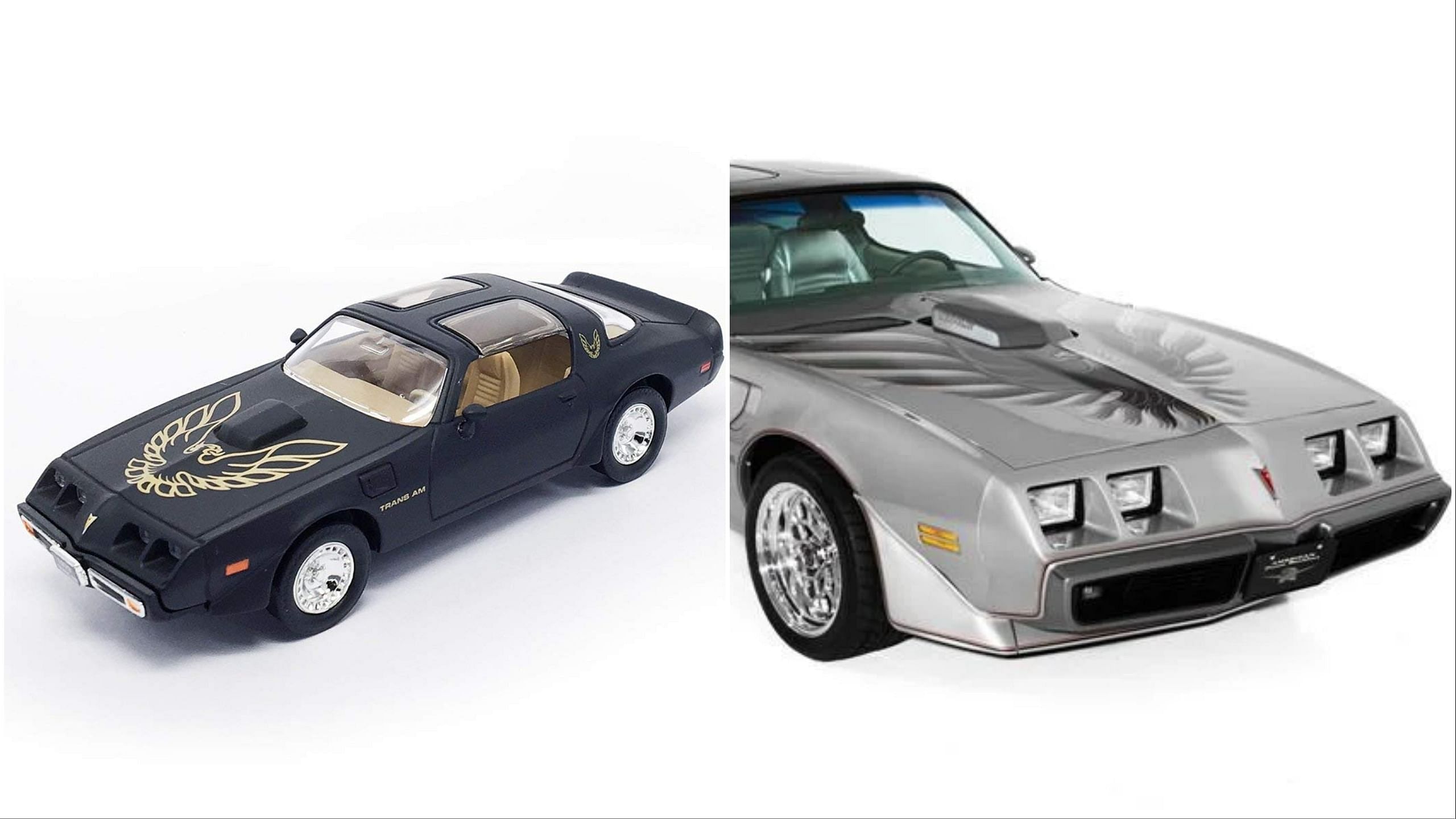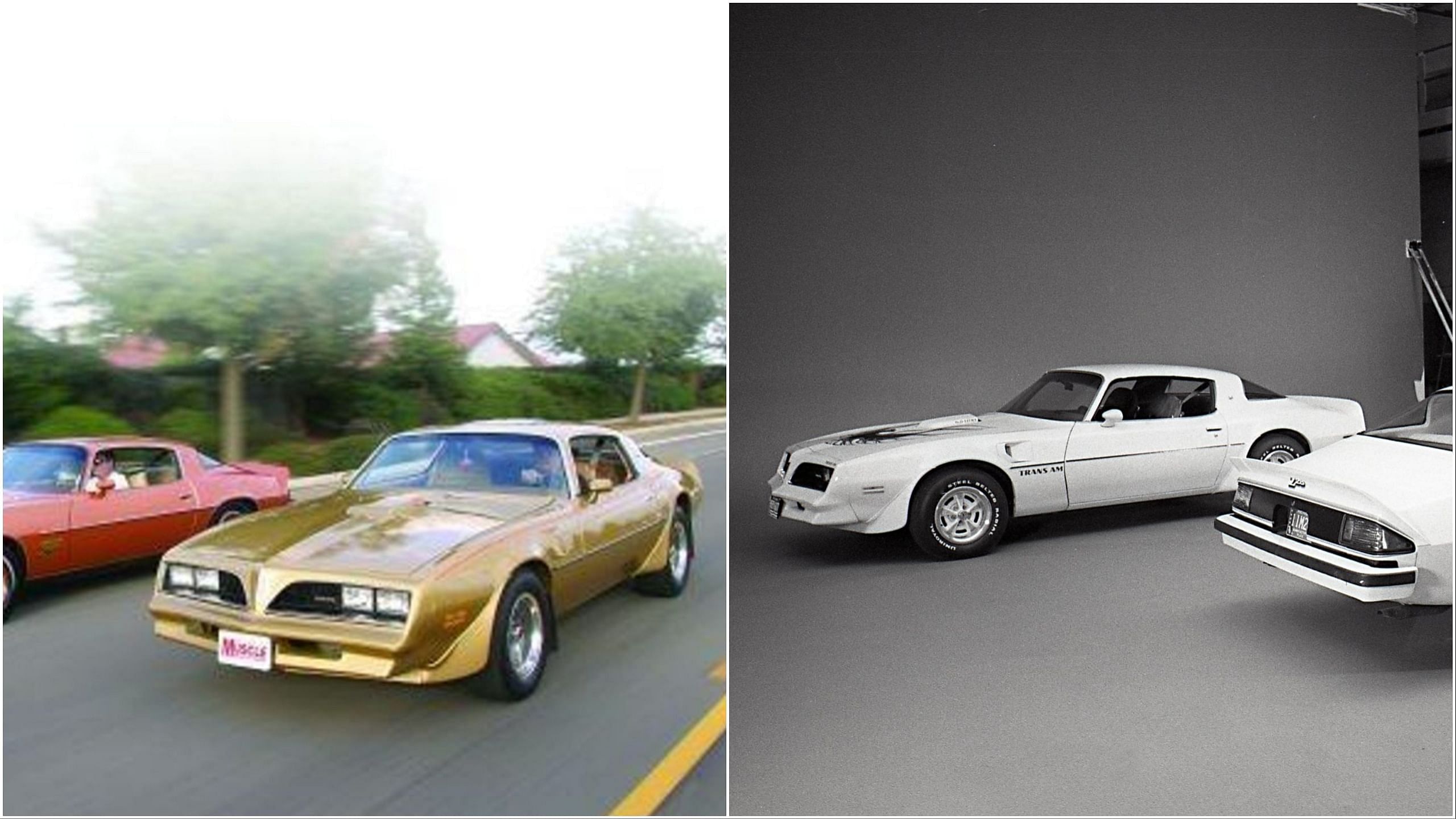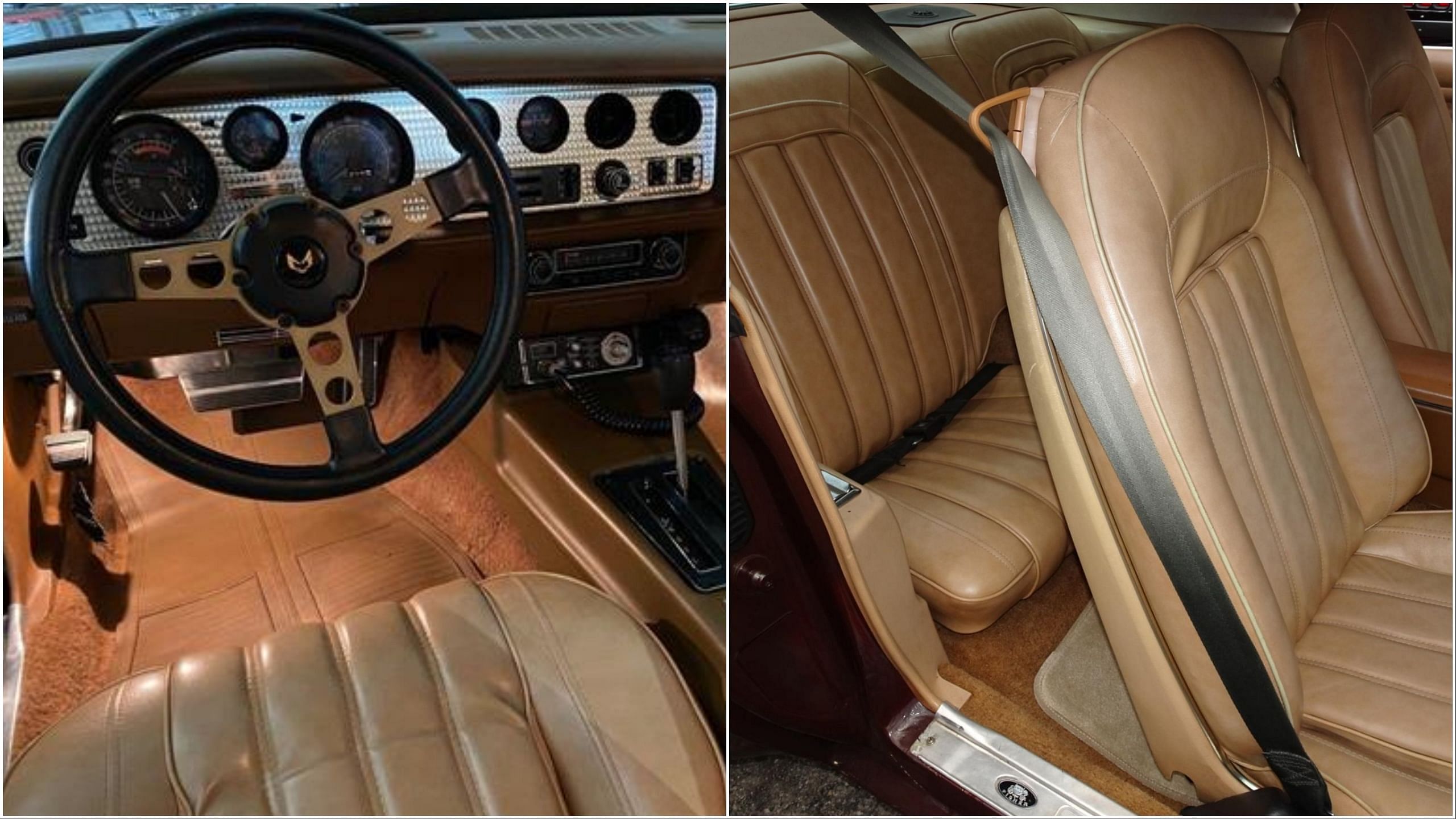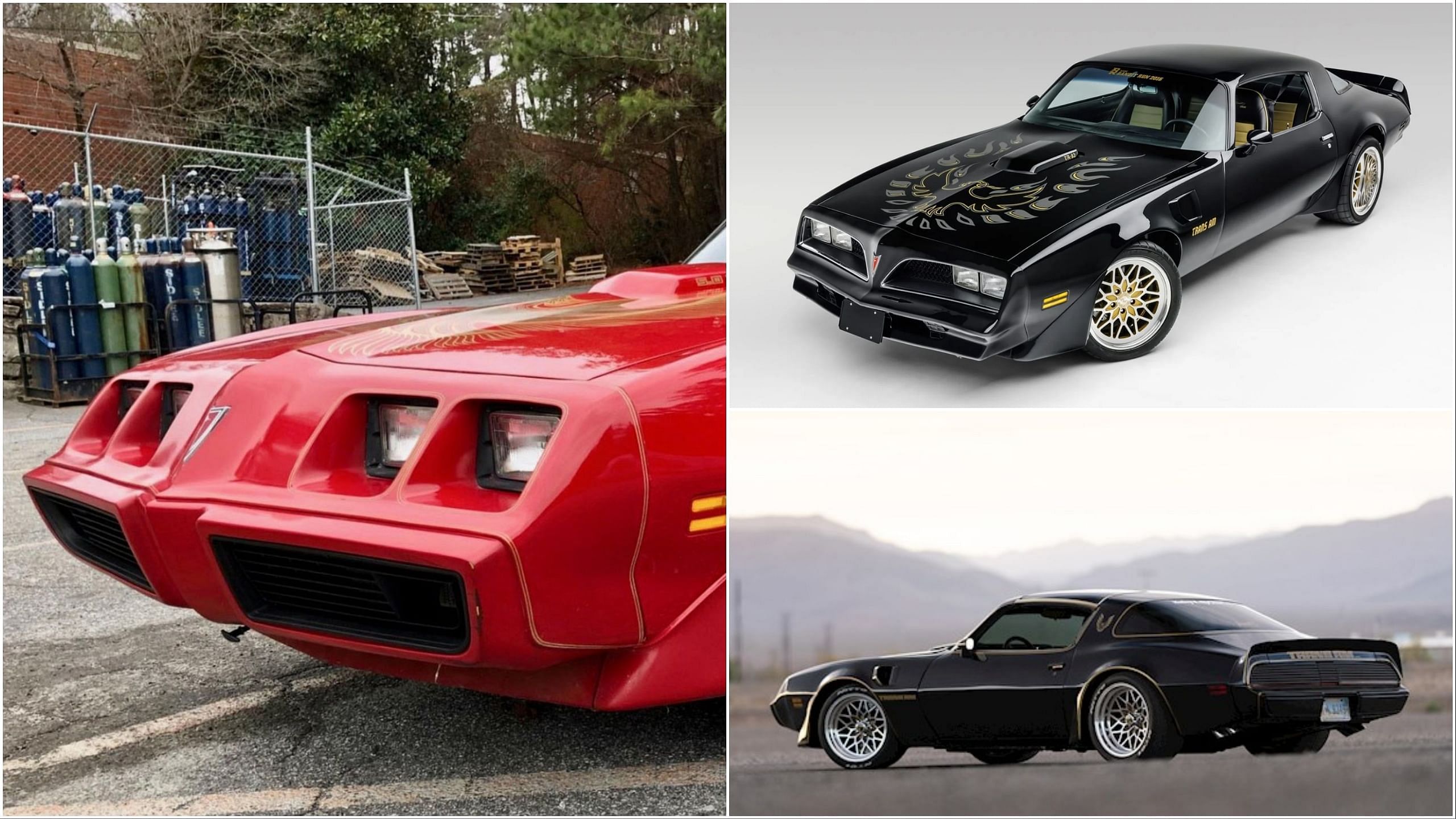Why Pontiac Should Relaunch Its Most Iconic Muscle Car, the Firebird Trans Am?
The iconic Pontiac Firebird Trans Am muscle car captured hearts in the '70s and '80s, starring in TV shows and films. With its coke-bottle styling and screaming chicken hood decal, the Firebird became a symbol of American automotive heritage. This article explores why General Motors should resurrect the Firebird in 2023, incorporating lightweight materials and potent V8 engines to appeal to loyal enthusiasts and attract new fans. A modern take on a classic design could usher the Trans Am into the electric era. Its rich history and cinematic fame make the Firebird a worthy candidate for a triumphant comeback.
Published August 5, 2024
Table of Contents
- The Genesis of a Legendary Machine
- Cinematic Stardom and Evolution Across Decades
- The Rationale for a Resurgence in 2023: Elevating the Trans Am
- Embracing the Electric Paradigm
The legendary Pontiac Firebird Trans Am muscle car first debuted in 1967, launching a fierce rivalry with the Chevrolet Camaro. With its signature coke-bottle styling and starring roles in TV and film, the Firebird became an iconic piece of American automotive history. From its inception in 1967 to its heyday in the '70s and '80s, the 1967 Pontiac Firebird captured the hearts of automotive enthusiasts worldwide with the Pontiac 230 cu in (3.8 L) SOHC inline-six, which was based on the architecture of the standard Chevrolet 230 cu in.
However, its production came to a halt, leaving fans yearning for a resurrection. In this article, we explore why General Motors should bring back the Firebird in 2023, incorporating modern technology and design to reinvigorate this classic for both loyal fans and a new generation. A revival of the Firebird Trans Am could usher in an exciting new chapter for an automotive legend.
The Genesis of a Legendary Machine
Pontiac unveiled the Firebird on February 23, 1967, positioning it as a direct competitor to the Chevrolet Camaro. The Pontiac Firebird, introduced in 1967, closely followed the Chevy Camaro's release by just five months.
Sharing the Camaro's platform and F-body, the Firebird set itself apart with a distinctive style that eventually made it Pontiac's performance flagship, the Firebird quickly engaged in a fierce rivalry, creating a spirited competition that would define an era.

One of the most striking aspects of the Firebird upon its debut was its distinctive coke-bottle-like design, which it shared with the Camaro. As the '80s and '90s rolled in, the Firebird embraced the sharp edges and boxy shapes that characterized the era. Notably, from 1977 to 1981, the Firebird featured four square headlamps.
Designed by Bill Porter, known for the GTO, the Firebird initially came in coupe and convertible versions, transitioning to legendary status until its production ceased in 2002. But it was a cinematic appearance that truly elevated its status to iconic proportions.
Cinematic Stardom and Evolution Across Decades
The Pontiac's moment of glory arrived with its starring role in appearances in notable TV shows and films like "Knight Rider" and "Smokey and the Bandit," capturing the hearts of dedicated enthusiasts who continue to modify and restore these classic cars.
Burt Reynolds' charisma, coupled with the 1967 Pontiac Firebird's sleek and aggressive appearance, made it an instant sensation. The "screaming chicken" hood decal became a symbol of speed and freedom, etching the Pontiac Firebird into the annals of automotive history.

The first generation, spanning from 1967 to 1969, aimed to rival the Ford Mustang. It featured engine options ranging from a 230 cid inline-six to a potent 400 cid V8, offering a diverse driving experience. In 1970, the second generation emerged, peaking in popularity by 1979. However, its fortunes dwindled, leading to a less successful conclusion in 1981. The '90s witnessed the Firebird undergo two distinct generations: the third generation (1982-1992) and the fourth generation (1993-2002).
During the third generation, a time marked by a focus on fuel economy, the Firebird offered a range of engine options, from economical inline-4s to potent V8s. The fourth generation represented a refined approach, with smoother lines in line with late-'90s automotive trends.
Notably, the Formula and Trans Am models received a derivative of the Corvette's LS1 5.7-liter V8 engine, ushering in improved performance. Additionally, all Firebird trim levels boasted four-wheel disc brakes with dual-piston front calipers, larger rotors at each wheel, and ABS.
The Rationale for a Resurgence in 2023: Elevating the Trans Am
To orchestrate the return of the Pontiac Firebird in 2023, General Motors (GM) must position it as a more upscale alternative to the Camaro. While sharing the Camaro's underpinnings, the Pontiac Firebird should distinguish itself with superior interiors and restyled exteriors. Pontiac has compelling reasons to relaunch its iconic muscle cars.

The brand boasts a rich history, with legendary models like the GTO and Firebird still cherished by enthusiasts. Capitalizing on this brand recognition and nostalgia is a logical move. The market shows a clear demand for muscle cars, aligning with the popularity of retro-styled vehicles like the Ford Mustang and Dodge Challenger. Pontiac's distinctive design legacy further distinguishes them.
By incorporating these unique elements alongside modern technology, Pontiac can create a compelling product. This relaunch not only positions Pontiac to compete with industry rivals like Ford and Dodge but also enables General Motors to broaden its consumer appeal.
Drawing inspiration from the classic '70s Firebird, GM should incorporate dual-split headlights and signature taillights, paying homage to the car's heritage. Exclusive renderings by HotCars, Timothy Adry Emmanuel, illustrate how these design cues can bring the Trans Am back to life with a modern twist.
Embracing Tradition and Potency and Performance Expectations
To capture the essence of the Trans Am, GM must utilize lightweight materials and resurrect the iconic "screaming chicken" hood decal. This combination of nostalgia and innovation will resonate with both long-time fans and a new generation of enthusiasts.
Embracing tradition by staying true to its classic design and powerful engine. It is sure to be a hit with fans of the original car and those who appreciate American muscle cars.

Under the hood, GM has several enticing options. The new 2023 Pontiac Firebird Trans Am could house the Gen V 6.2-liter LT1 V8 engine for impressive power and torque. Alternatively, it could offer the potent 650-horsepower supercharged LT4 V8 engine for an exhilarating driving experience. Robust chassis upgrades, revised steering geometry, carbon-fiber body panels, a trick differential, and uprated springs, akin to the Camaro ZL1, should optimize the performance of GM's new generation engines.
Embracing the Electric Paradigm
In the age of electric mobility, GM could even consider an all-electric Trans Am. Following the precedent set by the Hummer's return as an EV, this is a car built by Trans Am Worldwide based on a 2019 Camaro that has been stripped down to the chassis and rebuilt as a Trans Aman but as an electric version could usher in a new era for the iconic brand, as it has been previously executed by companies such as "Charge cars". While unconventional, this move would align with the industry's evolving trends and cater to environmentally conscious consumers.

In conclusion, the Pontiac Firebird Trans Am is not just a car; it's a symbol of American automotive heritage. Its rich history, iconic design, and cinematic stardom make it a deserving candidate for revival.
Whether through traditional V8 power or an innovative electric approach, GM has the opportunity to bring the Trans Am back to life in 2023, capturing the hearts of both loyal enthusiasts and a new generation of automotive aficionados. The legend of the Trans Am should not remain in the past; it deserves a triumphant return to the roads of today and tomorrow.
Write a comment
Comments
No Comments Yet









